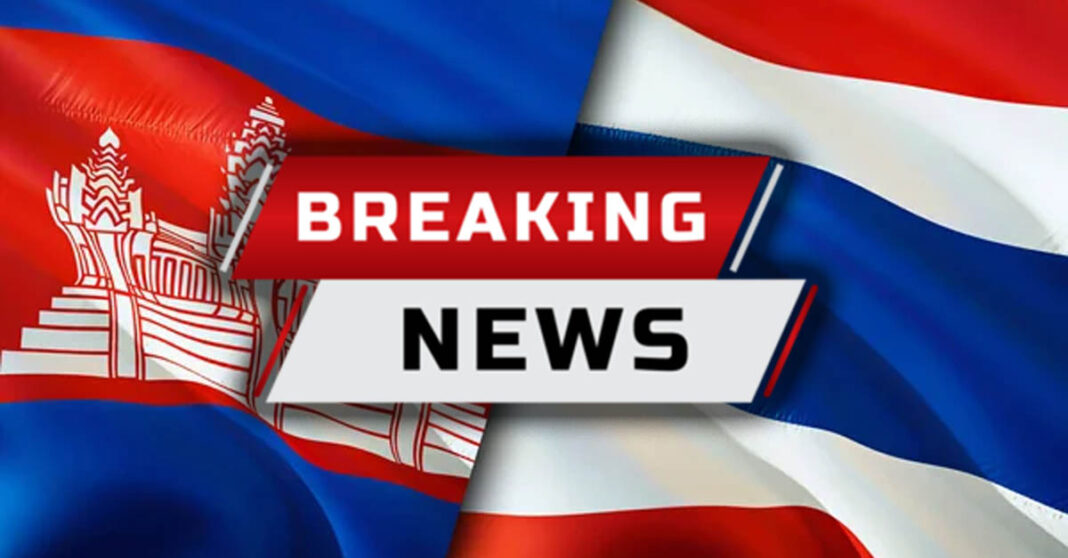On 24 July, Thai and Cambodian troops exchanged fire near the Ta Muen Thom Sanctuary, following a series of escalating incidents along the disputed border.
The clash occurred after five Thai soldiers were injured by landmines the previous day before, one of whom reportedly lost a leg.
According to Thai media, Cambodian soldiers opened fire opposite the Moopa base, about 200 meters east of the Ta Muen Thom Sanctuary. Thai soldiers responded, resulting in a brief armed confrontation.
Following the clash, Lieutenant General Boonsin Padklang, Commander of the Second Army Region, signed Order No. 213/2568, announcing the closure of border crossings and tourist sites along the Thai-Cambodian border. The order also temporarily suspended visits to Ta Muen and Ta Kwai Sanctuaries to allow improvements to the area’s security systems.
The landmine incident occurred near the Chong An Ma border crossing in Ubon Ratchathani province on 23 July. In response, the Thai government ordered the closure of all northeastern border crossings.
Deputy Prime Minister Phumtham Wechayachai, who is also serving as acting prime minister, said the government had decided to recall the Thai ambassador from Phnom Penh and to expel the Cambodian ambassador, Hun Saroeun. He said the government would review the level of diplomatic relations between the two countries moving forward.
The Thai military has activated its “Chakrapong Phuwanart” emergency plan, which was last used in 2011 during tensions over the Preah Vihear temple.
Meanwhile, Cambodia’s Khmer Times reported that the Thai military initiated the assault, claiming Thai troops crossed into Cambodian territory. The report stated that Cambodian soldiers only acted in self-defense to protect their territorial integrity.
Cambodia’s Ministry of National Defence also rejected Thailand’s claims that Cambodian forces planted landmines in the area. Cambodian officials said the affected zone still contains unexploded mines left over from previous conflicts and warned Thailand to adhere to the agreed patrol routes under the 2000 memorandum of understanding.
The situation remains tense as both sides continue to monitor the border closely.



